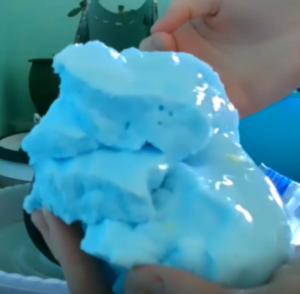How is Climate Change Impacting Glaciers?
Watch the video below of Ellyn demonstrating what happens when water interacts with glaciers, then answer the two corresponding questions.
Collect Your Badge!
If you have completed all the steps in this adventure… Congratulations! You have earned the Ice Moves – Polar Explorer Adventure badge!
To collect you badge, you can click on the button above to download it an add it to your virtual notebook, or print it and add it to your physical notebook. Kudos!


